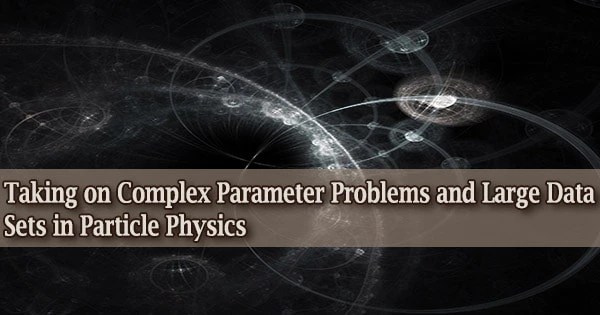How to understand big data sets made up of numerous different observables in the context of models with various parameter values is one of the main issues in particle physics.
In a recent article published in EPJ Plus, Ursula Laa from the Institute of Statistics at BOKU University in Vienna and German Valencia from the School of Physics and Astronomy at Monash University in Clayton, Australia, examine the use of tools to divide large parameter spaces into a limited number of regions in order to simplify problems involving large data sets and numerous parameters.
“We applied our tools to the so-called B-anomaly problem. In this problem there is a large number of experimental results and a theory that predicts them in terms of several parameters,” Laa says.
“The problem has received much attention because the preferred parameters to explain the observations do not correspond to those predicted by the standard model of particle physics, and as such the results would imply new physics.”
Valencia continues by describing how the research demonstrates the ability of the Pandemonium tool to offer an interactive graphical method for examining the relationships between features in the observations and regions of parameter space.
A challenge is the visualization of multidimensional parameter spaces, the current interface only allows the user to visualize high dimensional data spaces interactively. The challenge is to automate this, which will be addressed in future work, using techniques from dimension reduction.
Ursula Laa
“In the B-anomaly problem, for example, we can clearly visualize the tension between two important observables that have been singled out in the past,” Valencia says.
“We can also see which improved measurements would be best to address that tension. This can be most helpful in prioritizing future experiments to address unresolved questions.”
Laa goes on to add that the techniques created and employed by the team are useful for a wide range of additional issues, especially for models and observables that are less well known than the cases covered in the paper, like multi-Higgs models.
“A challenge is the visualization of multidimensional parameter spaces, the current interface only allows the user to visualize high dimensional data spaces interactively,” Laa concludes. “The challenge is to automate this, which will be addressed in future work, using techniques from dimension reduction.”





